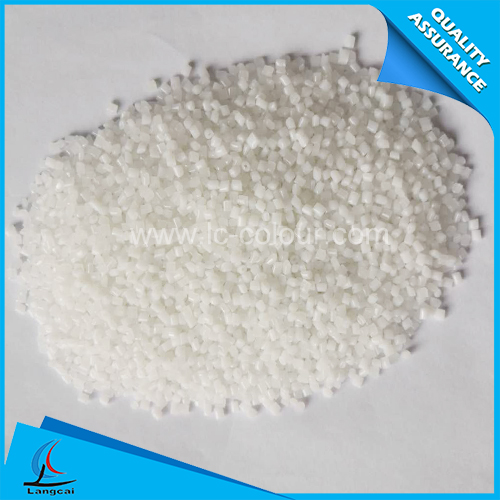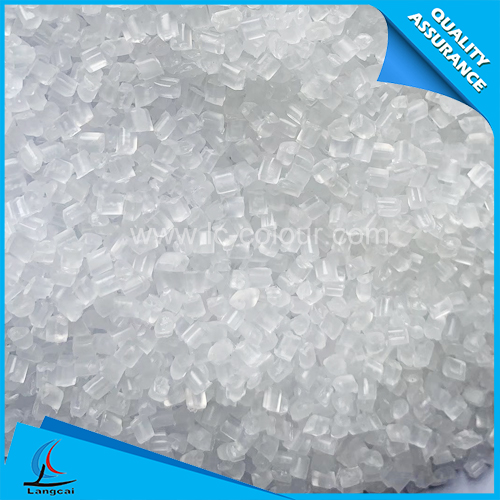- Nonwoven Fabrics
- Tailor Made Masterbatch
- Plastic Masterbatch
- Chemical Fiber Masterbatch
- Functional Masterbatch
- Machinery
- Spunbond PP Nonwoven Masterbatch
- Mono Color Masterbatch
- Liquid Color Masterbatch
- Non-woven Masterbatch
- Polyester Fiber Masterbatch
- Nylon Fiber Masterbatch
- Polypropylene Fiber Masterbatch
- Lab Nonwoven Machine
- Lab BCF Machine
- Dryer
- Filler Masterbatch
- What are the core advantages of Polyester Fiber Masterbatch?
- New changes have emerged in the US tariff policy once again!
- What are the components of polypropylene fiber color masterbatch?
- The 2025 Annual Conference of the Polypropylene Branch of China Chemical Fiber Industry Association was held in Donghai, Jiangsu Province
- Polypropylene Fiber Masterbatch is an innovative fusion of color and function!
- The outdoor sports craze is surging, evolving from niche to mainstream
- Phone:00836 - +86-535-8484358
- Email:wendy@ytlc-colour.com
- Address:DALAN INDUSTRIAL PARK, ZHANGXING TOWN, ZHAOYUAN CITY, SHANDONG, CHINA
What are the requirements for the pigments of plastic masterbatches?
Plastic masterbatche is a plastic colorant that is well dispersed by a high proportion of pigments or additives and thermoplastic resins. The selected resin has good wetting and dispersing effects on the colorant, and has good compatibility with the coloring material Capacitance. That is: pigment + carrier + additive = masterbatch.
The classification methods of color masterbatch are commonly used as follows:
Classification by carrier: such as PE masterbatch, PP masterbatch, ABS masterbatch, PVC masterbatch, EVA masterbatch, etc.
Classification by use: such as injection masterbatch, blow molding masterbatch, spinning masterbatch, etc. Each species can be divided into different grades.
Pigments used in plastic masterbatches have different performance requirements for pigments due to different processing techniques and the use of plastic products. Generally speaking, plastic masterbatches have the following performance requirements:
1. Tinting strength
The tinting strength of a pigment refers to the amount of pigment required for a certain color product, expressed as a percentage of the tinting strength of a standard sample. The tinting strength of pigments is not only related to its properties
It is also related to the degree of pigment dispersion. The degree of dispersion mainly refers to the degree of refinement of the pigment. The greater the degree of dispersion, the stronger the tinting strength, but there is a saturation value.
2. Heat resistance
Heat resistance refers to the degree to which the color or properties of a pigment change at processing and use temperatures. When considering the heat resistance of the pigment, the heating time should also be considered.
Because plastics are processed into products, the processing methods are different, the heating time is different, and the heating time is different during the use process.
The higher the temperature, the shorter the heat resistance time.
3. Migration resistance
The migration resistance of pigments refers to the long-term contact of colored plastics with other solid, liquid, gas and other substances, or working in a specific environment, which may occur with the above substances.
Biophysical and chemical effects, manifested in the migration of pigments from the interior of the plastic to the free surface of the article, or to the adjacent plastic or solvent.
4. Light resistance and weather resistance
Plastic products are required to have good light resistance and weather resistance due to long-term outdoor use. Some pigments will change their color to varying degrees under the irradiation of light.
Weatherability refers to the color stability of pigments under natural conditions. Because black masterbatch is widely used outdoors, it pays special attention to migration resistance and weather resistance.
5. Chemical resistance
Industrial plastic products are often used to store chemicals and transport acids and alkalis, so the acid and alkali resistance of pigments should be considered.
The chemical resistance such as acid and alkali should also include resin decomposition products, other additives in products, and detergents, bleaching agents and other substances in the use environment.
6. Toxicity
More and more plastic products are used in daily life, so more and more attention is paid to the toxicity of colored plastics.
7. Hybrid
When coloring plastic products, more than two kinds of pigments are often used for color matching. Therefore, it is necessary to understand the mixing performance between them, and it is also necessary to understand whether the color masterbatch reacts with additives and auxiliaries in plastics.
- What are the core advantages of Polyester Fiber Masterbatch?
- New changes have emerged in the US tariff policy once again!
- What are the components of polypropylene fiber color masterbatch?
- The 2025 Annual Conference of the Polypropylene Branch of China Chemical Fiber Industry As
- Polypropylene Fiber Masterbatch is an innovative fusion of color and function!
- The outdoor sports craze is surging, evolving from niche to mainstream
- Yantai Langcai Plastic Technology Co., Ltd. specializes in the research and development of
- The first China Service Consumption Innovation Conference was grandly held in Tianjin!
- Bright Color tells you how to order monochrome masterbatches?
- Can the United States really rebuild the textile industry chain in the United States?


